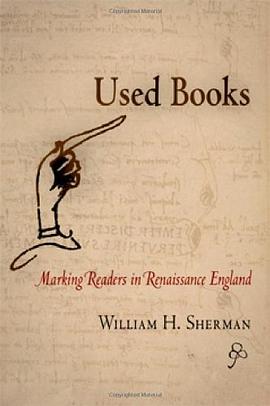

具體描述
Piero della Francesca's "Madonna del Parto," a celebrated fifteenth-century Tuscan fresco in which the Virgin gestures to her partially open dress and her pregnant womb, is highly unusual in its iconography. Hubert Damisch undertakes an anthropological and historical analysis of an artwork he constructs as a childhood dream of one of humanity's oldest preoccupations, the mysteries of our origins, of our conception and birth. At once parodying and paying homage to Freud's seminal essay on Leonardo da Vinci, Damisch uses Piero's enigmatic painting to narrate our archaic memories. He shows that we must return to Freud because work in psychoanalysis and art has not solved the problem of what is being analyzed: in the triangle of author, work, and audience, where is the psychoanalytic component located?
著者簡介
圖書目錄
讀後感
評分
評分
評分
評分
用戶評價
相關圖書
本站所有內容均為互聯網搜索引擎提供的公開搜索信息,本站不存儲任何數據與內容,任何內容與數據均與本站無關,如有需要請聯繫相關搜索引擎包括但不限於百度,google,bing,sogou 等
© 2025 book.quotespace.org All Rights Reserved. 小美書屋 版权所有




















